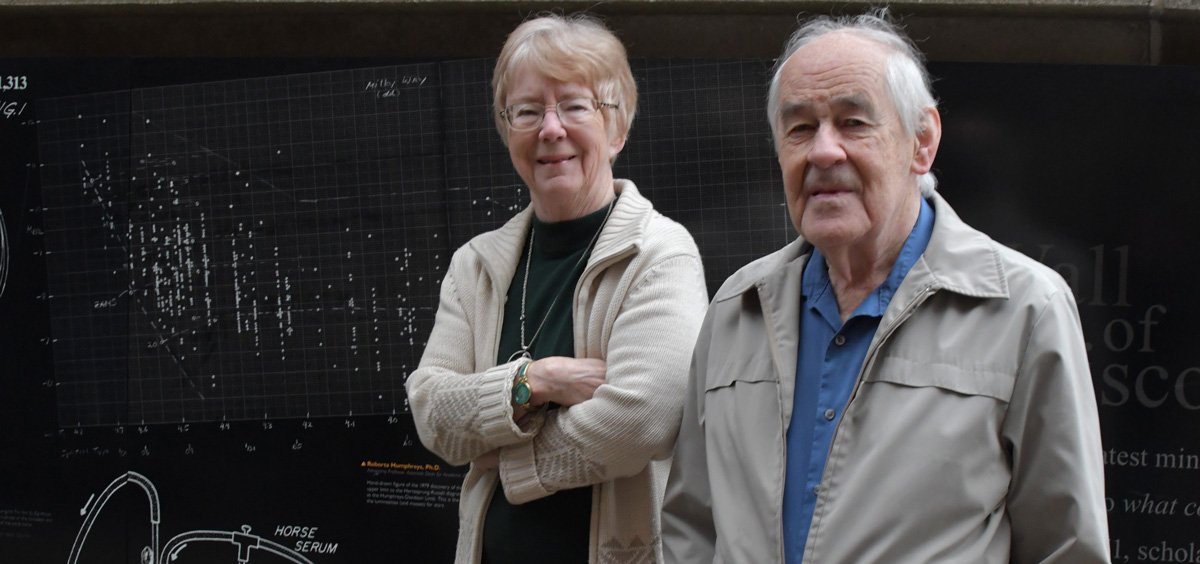Humphreys Awarded Medal from Royal Astronomical Society

Professor Emerita Roberta Humphreys of the School of Physics and Astronomy will receive the 2024 Herschel Medal from the Royal Astronomical Society for her discovery of the empirical upper luminosity boundary for the most massive stars. Humphreys noted the trend after many years of observations of stars larger than 30 times the mass of the Sun. In 1979 she published the result in a seminal paper with co-author Kris Davidson (Prof. Emeritus, School of Physics and Astronomy), who handled many of the theoretical aspects of the work identifying what is now known as the Humphreys-Davidson Limit.
This limit was not predicted by theory or the stellar structure and evolutionary models at that time. The lack of evolved stars at the highest luminosities, implies an upper limit to the masses of stars that become red supergiants, altering the previously expected evolutionary model. Humphreys and Davidson suggested that this was due to instabilities leading to high mass loss events. The recognition of this upper luminosity boundary in the Hertzsprung - Russell Diagram (the fundamental plot of luminosity versus temperature for stars) altered the understanding of massive star evolution and confirmed the important role of mass loss in their subsequent evolution. These most powerful stellar wind ejections are a key component to energy feedback into the interstellar medium, affecting the star formation and evolution of the host galaxy.
The Herschel Medal is awarded for investigations of outstanding merit in observational astrophysics. This medal is awarded for a single investigation, or a series of closely-linked investigations, and subsequent body of work. The medal is named for William and John Herschel, (father and son), leading scientists in 18th and 19th century Britain.